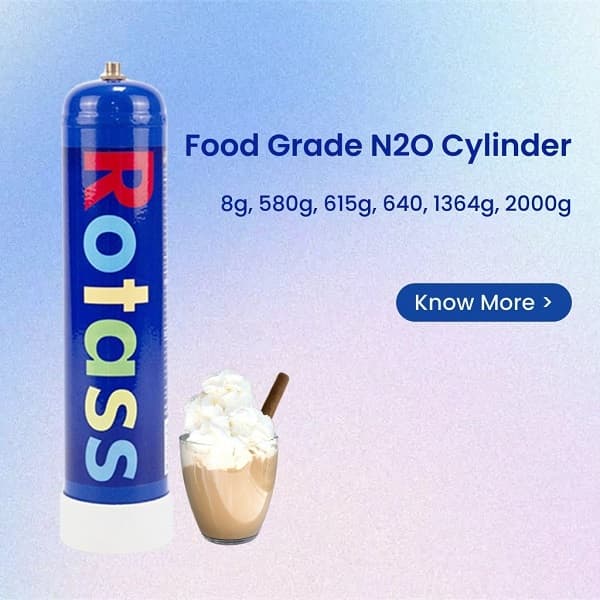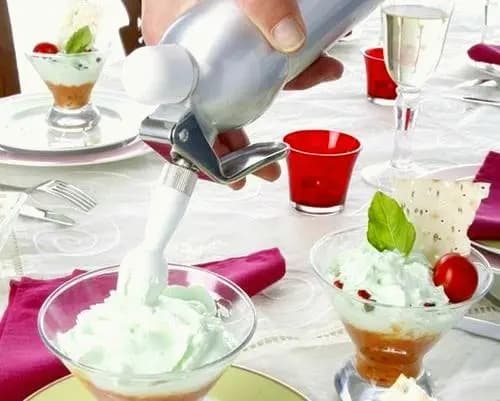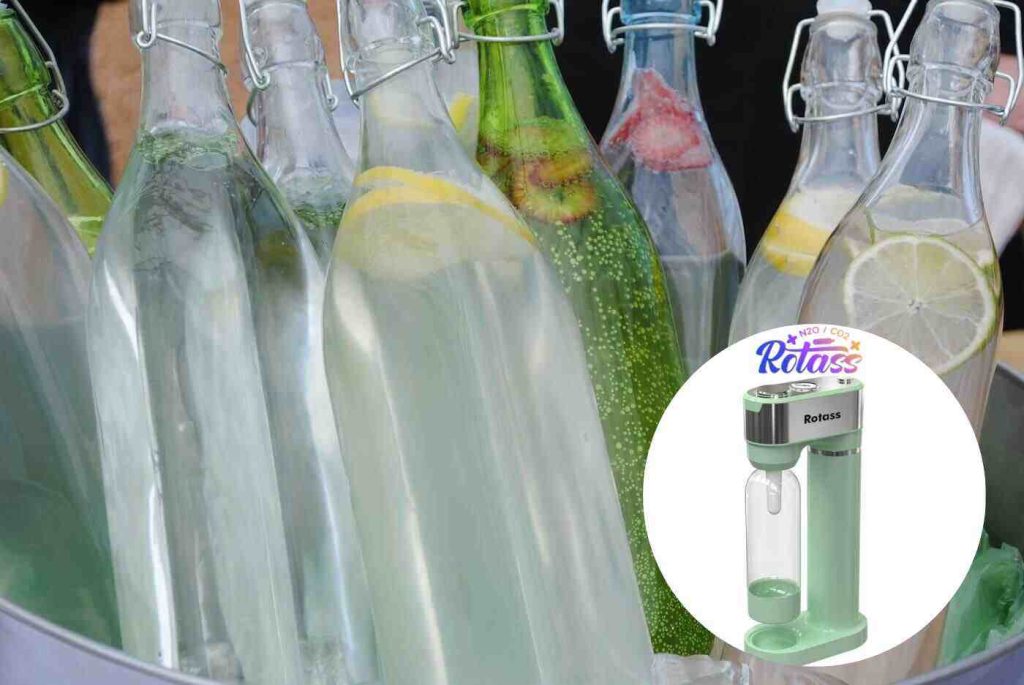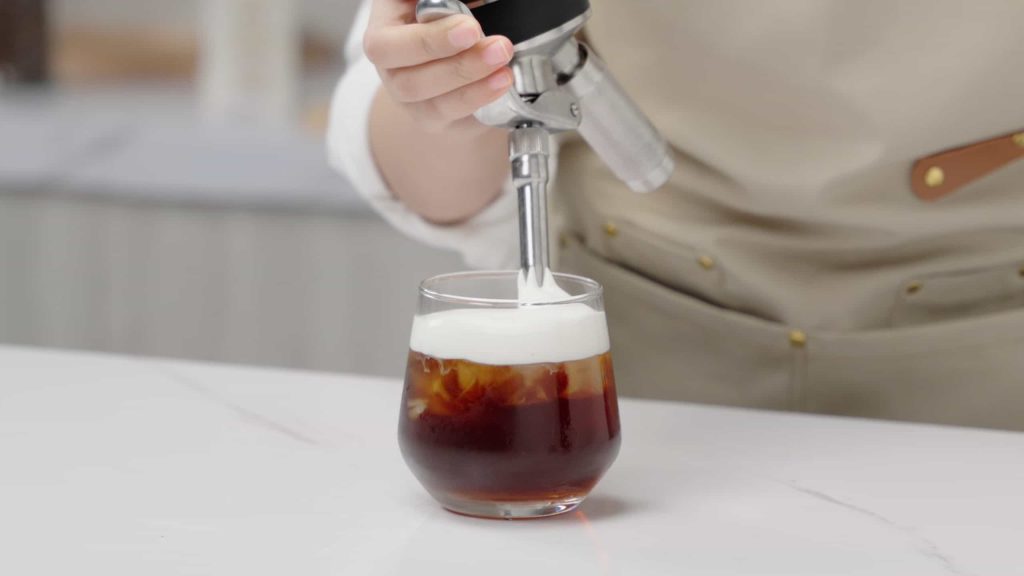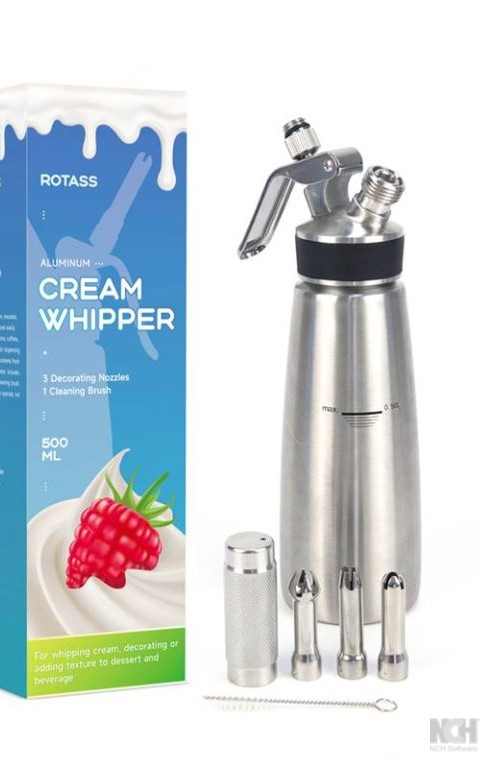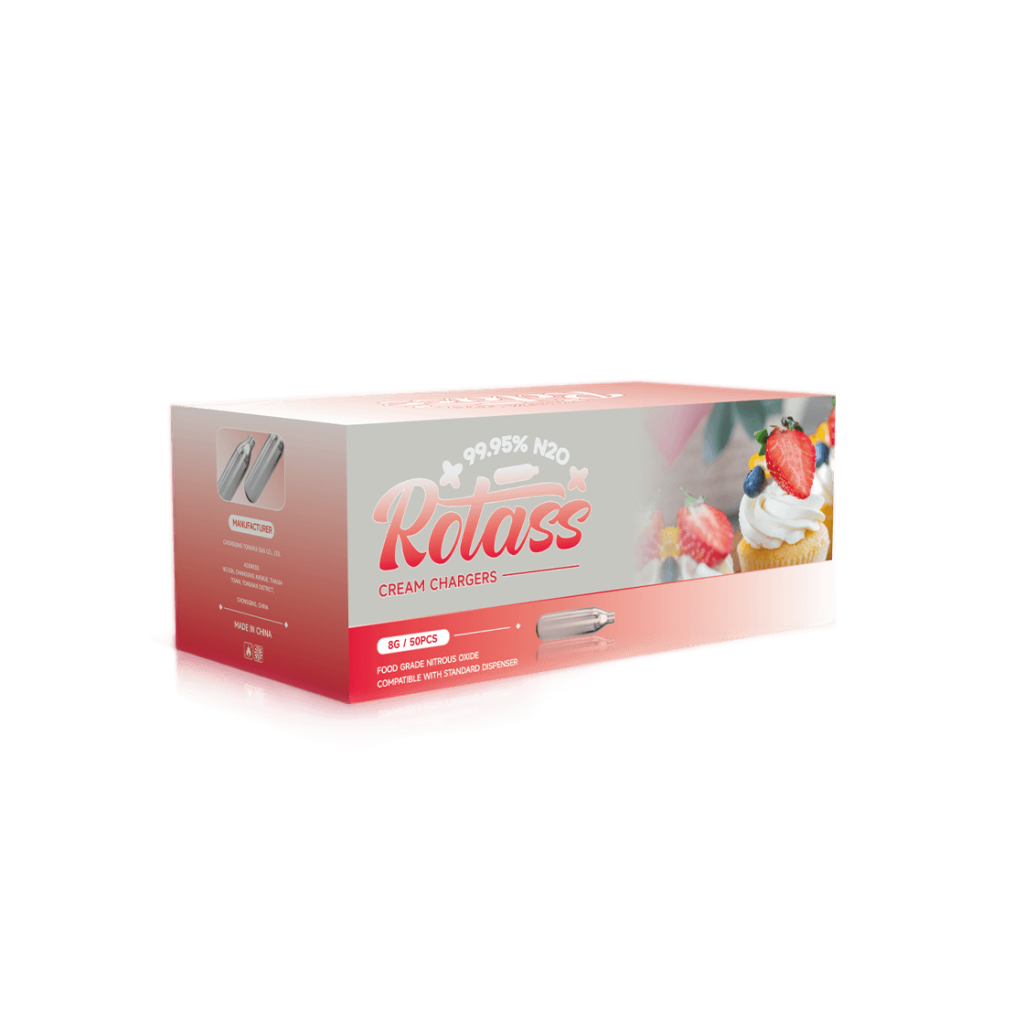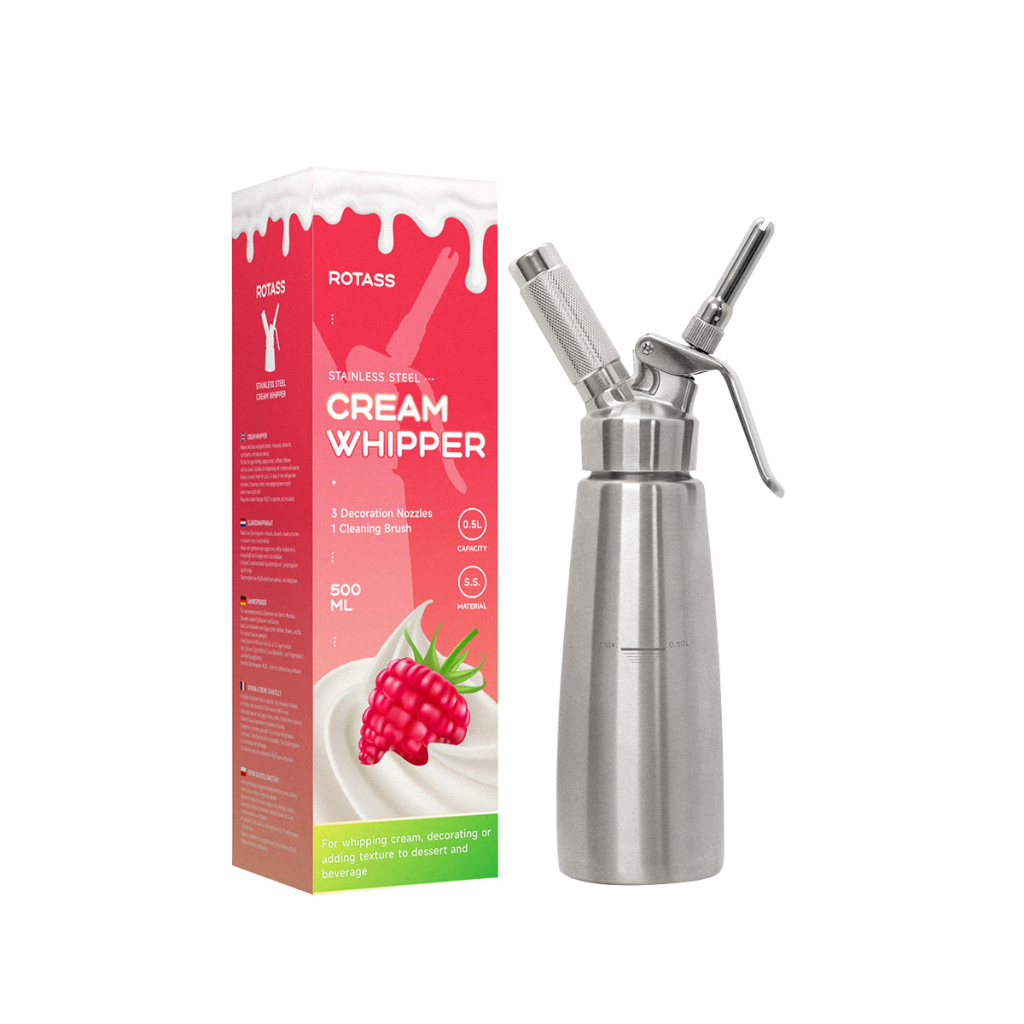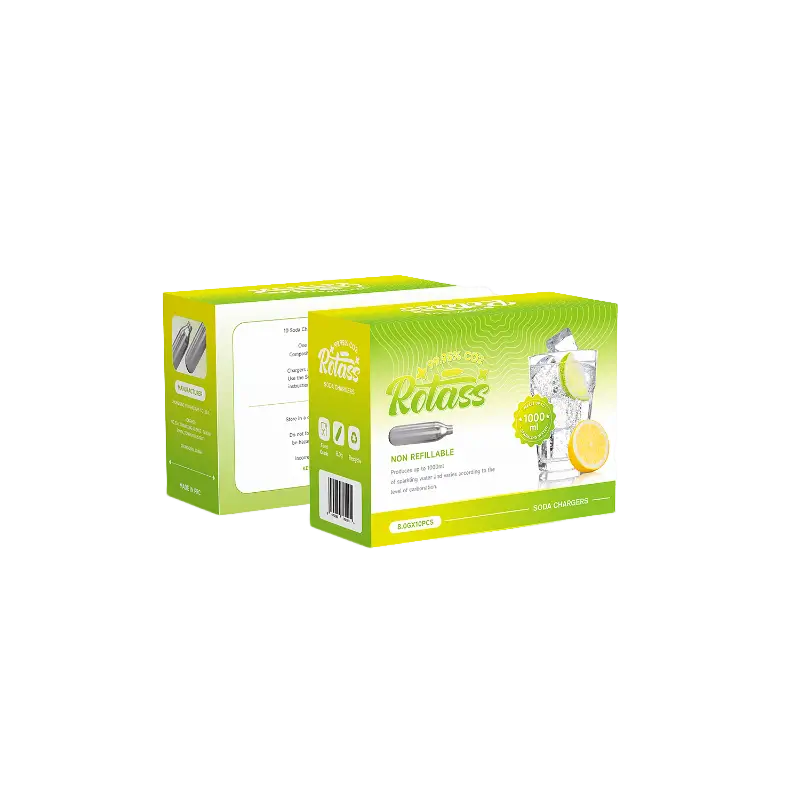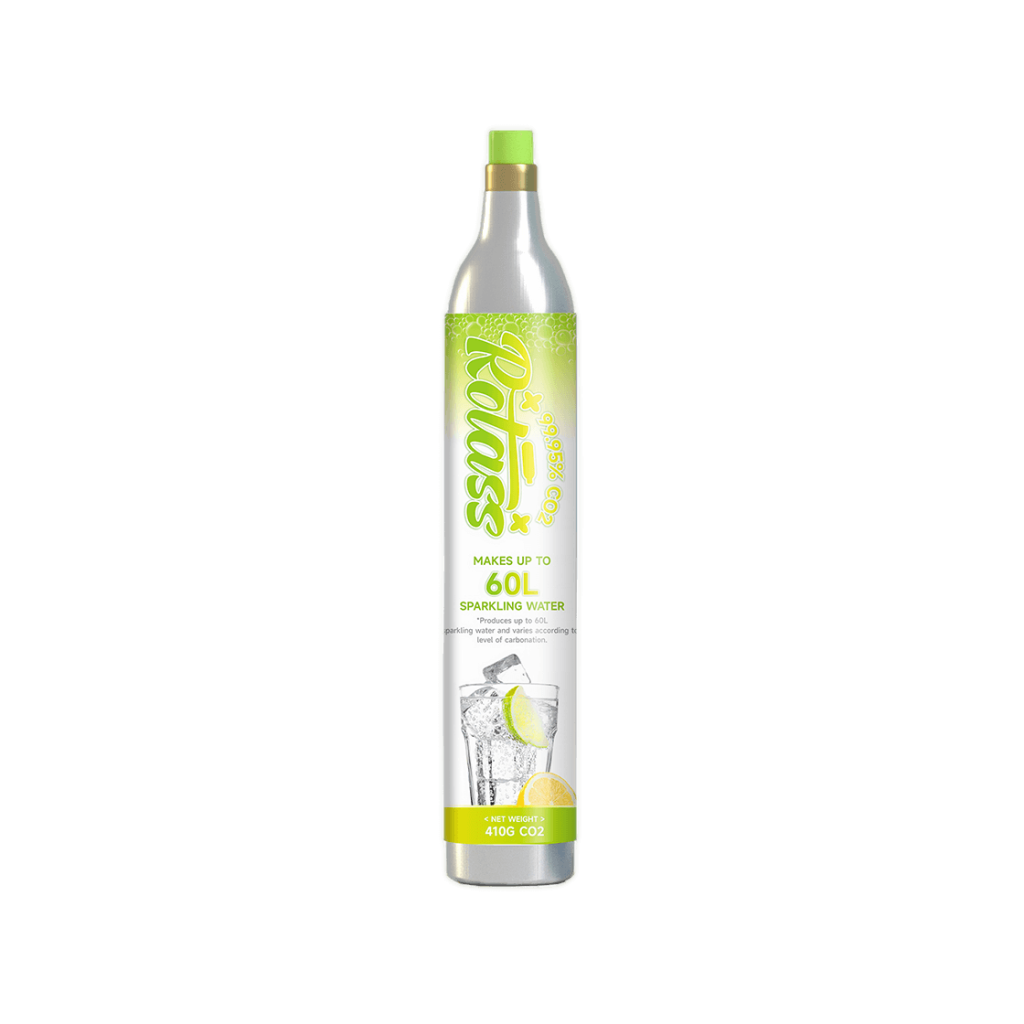2024 / 04 / 19
How to Safely Use CO2 Cylinder in Catering Industry?
Restaurants and bars that provide alcoholic and non-alcoholic drinks will understand when we state that CO2 cylinders are the ideal supplement to the process of making food and carbonated beverages. Even as a high-end accessory for household use, CO2 cylinders called CO2 tanks are expensive. Today’s essay will concentrate on safe CO2 cylinder usage in the catering sector.
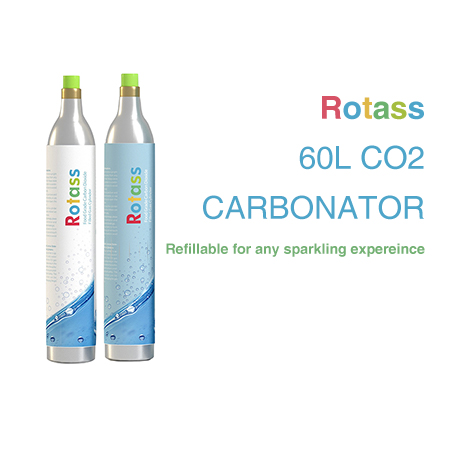
A CO2 Cylinder: What Is It?
A steel or aluminum container known as a CO2 or carbon dioxide cylinder is used to compress CO2 while it is liquid. The contents of a CO2 cylinder are liquid, or “liquefied under pressure,” in contrast to most conventional gases.
Why should the catering business purchase carbon dioxide cylinders?
Purchasing carbon dioxide cylinders is a crucial component of the catering industry nowadays. It is used to add carbonation to beverages and give beer and champagne their sparkle. Additionally, carbon dioxide is frequently employed in refrigeration systems as a refrigerant. Therefore, businesses that employ carbon dioxide might gain a lot of advantages. Drinks are kept chilled and refreshing by the carbon dioxide in them, which also contributes to their taste improvement. A carbon dioxide cylinder may also aid in extending the shelf life of food. Therefore, investing in a carbon dioxide cylinder can be prudent for any company that depends on the catering industry.
Are you a home brewer trying to figure out how to increase the number of bubbles in your beer? Or perhaps you simply want to carbonate your soda or water at home. To complete the task, carbon dioxide must be purchased. Additionally, in addition to buying CO2 cylinders from a variety of retailers, it is also feasible to purchase CO2 for beer taps. This CO2 is reasonably priced and was created specifically for use with beer taps. It also comes in a compact canister that is simple to store in your refrigerator. So purchasing carbonated gas for beer taps is a terrific alternative if you’re searching for a quick and economical way to carbonate your beverages.
9 tips to use CO2 cylinders safely in the catering industry
You must keep a few things in mind to handle a CO2 cylinder as safely as possible. Here are nine safety guidelines for using CO2 cylinders.
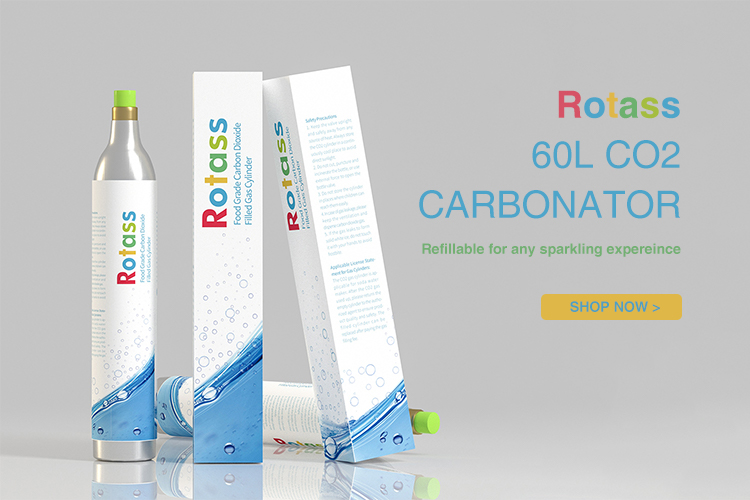
1. Before moving forward, make sure you have read all safety instructions thoroughly.
2. Maintain good ventilation for CO2 tanks.
3. Ideally, you should move, store, and handle it as a liquid at room temperature (in cylinders or non-insulated storage tanks at a pressure of 45–65 bar) or chilled (in insulated tankers and storage tanks) at temperatures between –35°F and –15°F and pressures of 12–25 bar. The only factor affecting the pressure in a CO2 cylinder is temperature.
4. At a typical room temperature, the CO2 cylinder pressure is approximately 860 psi. For example, CO2 cylinders are the ideal addition in kitchens to make carbonated beverages that are nothing more than liquids with bubbles or CO2. Effervescent is a word that can be used to describe “carbonated drinks.”
5. Manage the weight of your CO2 cylinder. All cylinders you receive pre-filled must adhere to certain guidelines for them to stably resist pressure. The pressure within a CO2 cylinder can quickly rise along with a modest temperature increase if the cylinder weighs more than what is shown on the bottle.
6. Hold the bottle upright with the valve pointing upwards when you’re ready to open it. Sometimes the increased pressure from the compressed gas can be dangerous if it comes in touch with your face or body.
7. Only attach primary regulators to CO2 gas cylinders. Seal any leaks immediately. Gas leaking in a confined place can cause suffocation and death.
8. If a sudden CO2 discharge of emission happens, low-lying regions should be evacuated first.
9. Place CO2 extinguishing equipment close by in any potentially sensitive rooms. If the carbon dioxide enters ducts, ventilation tubs, or air conditioning systems, there may be a serious risk to people.

